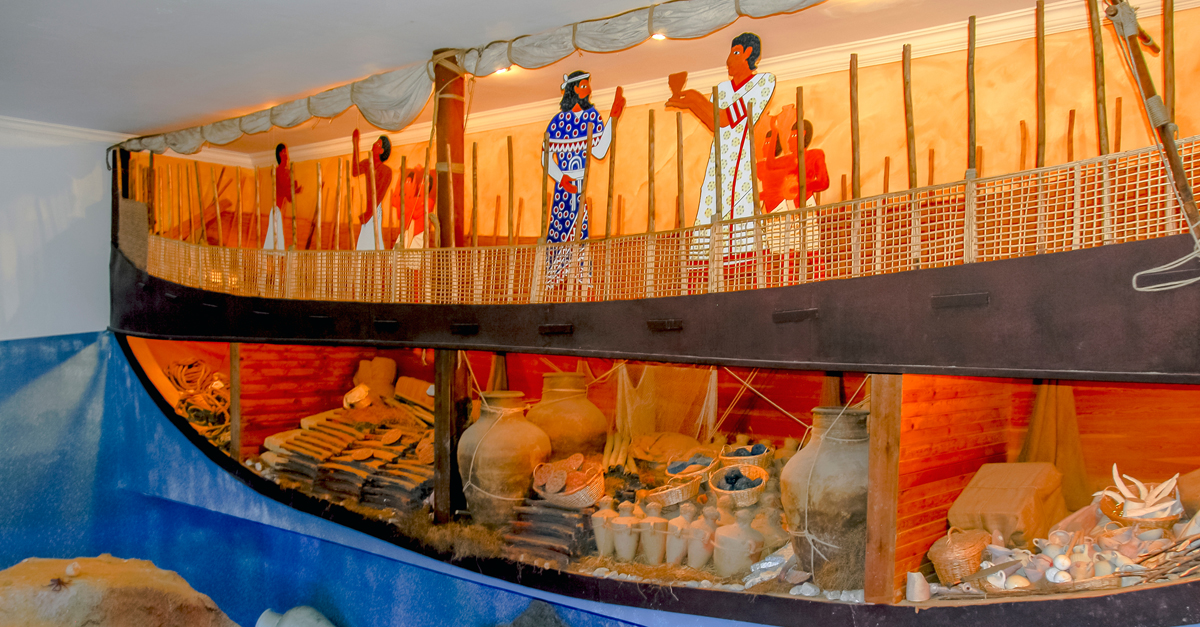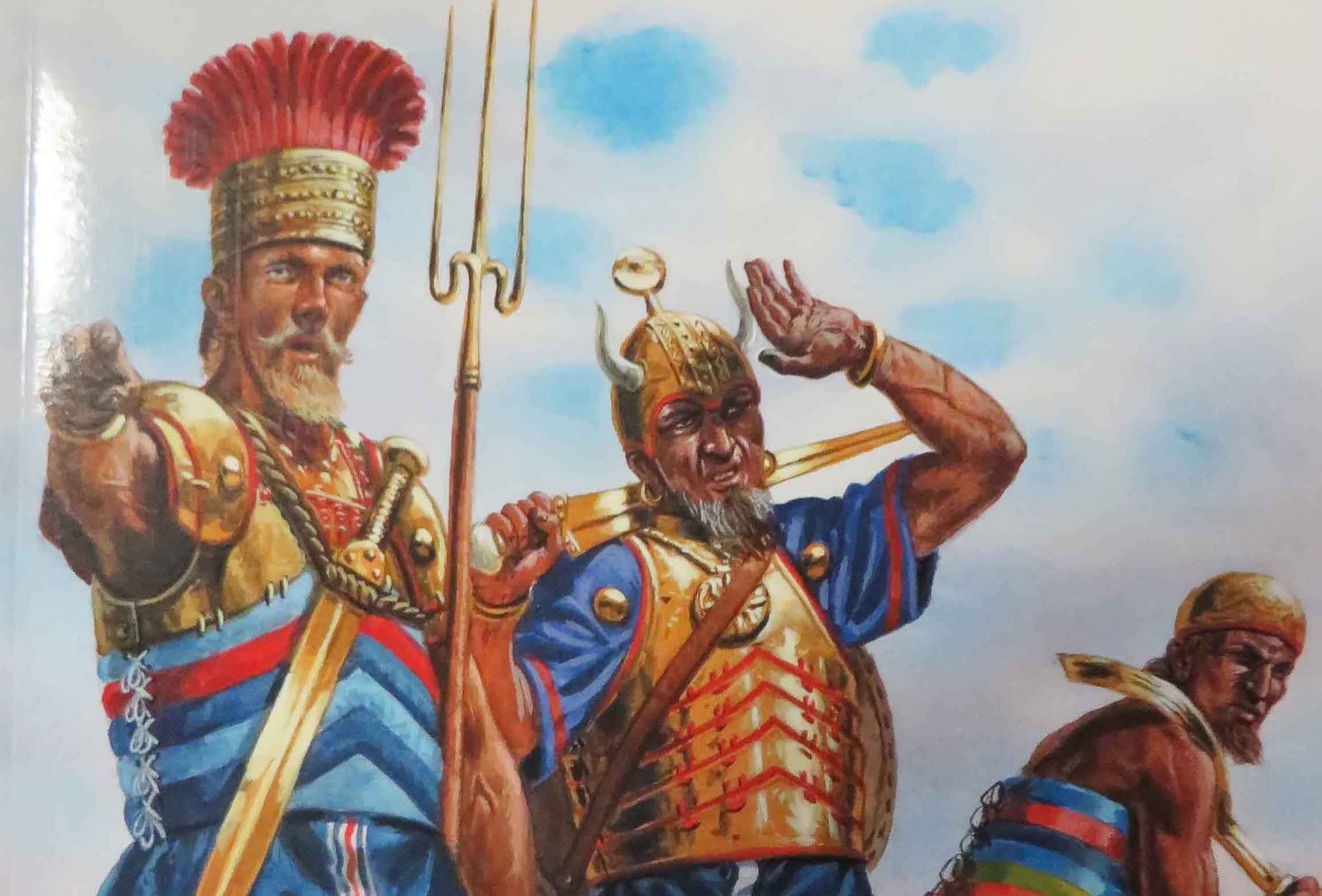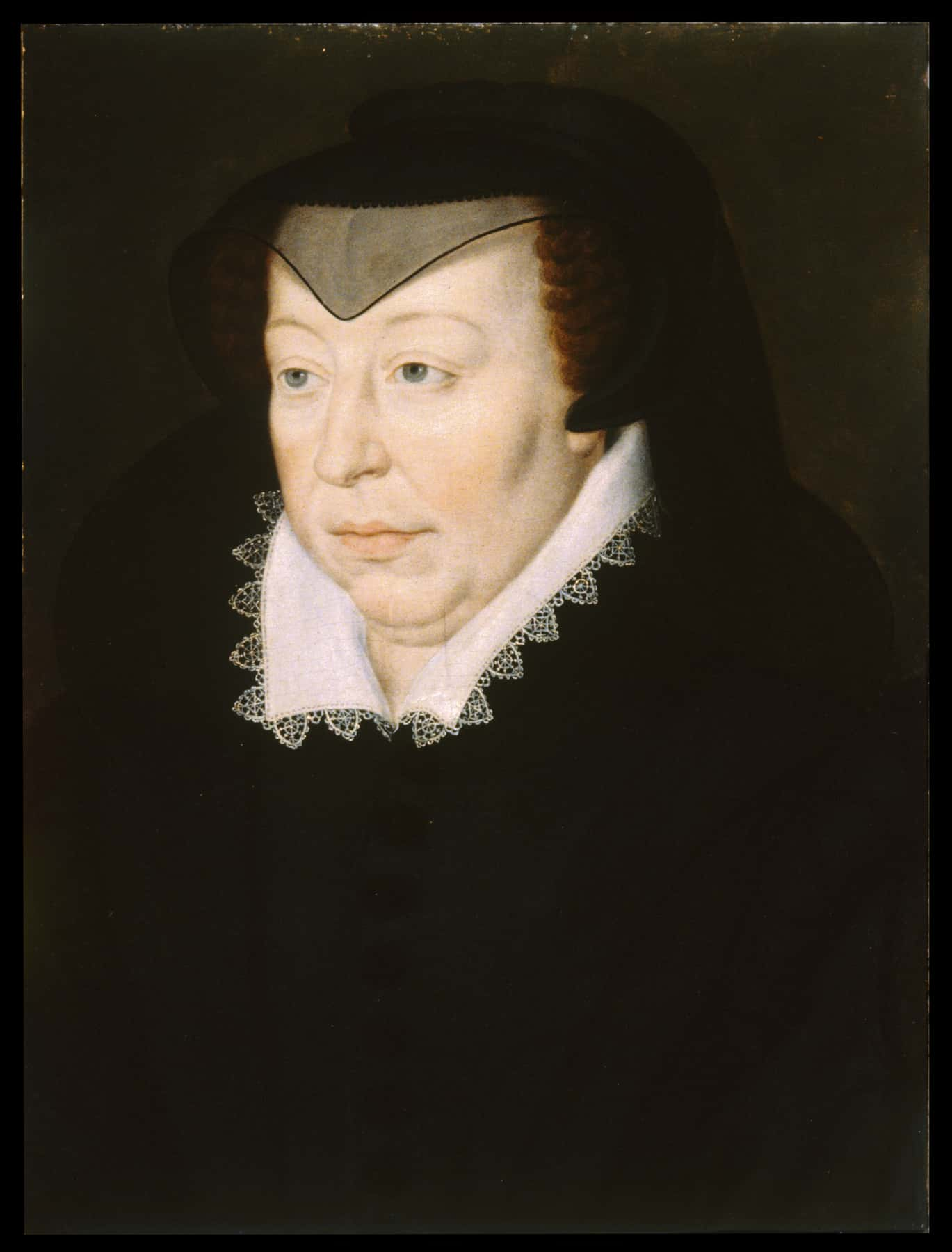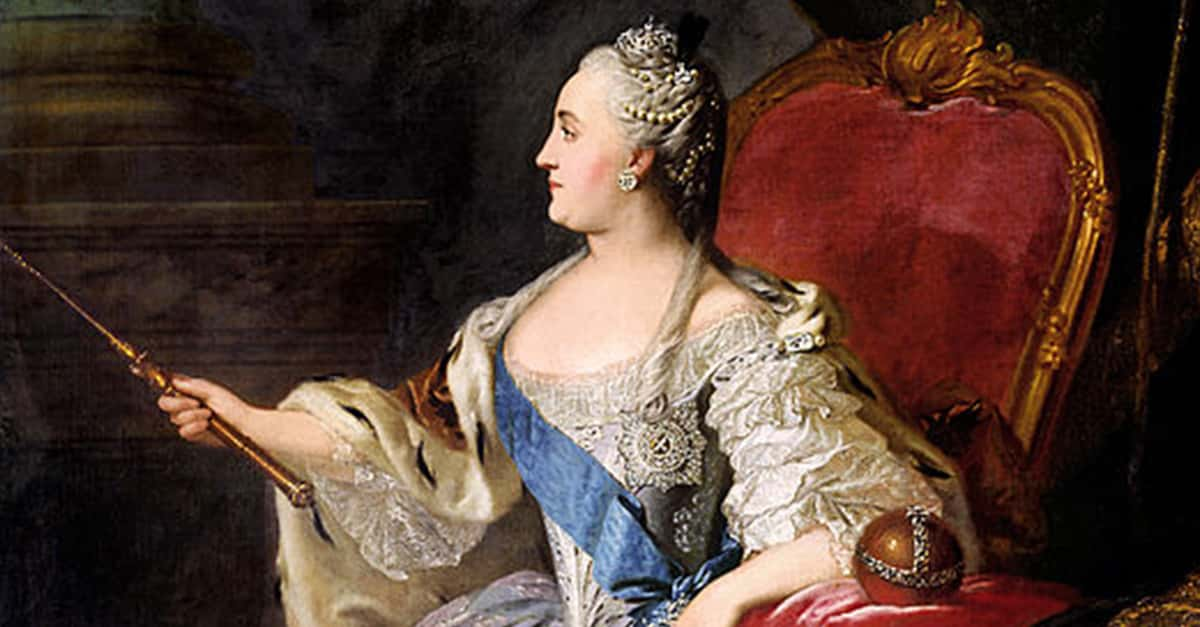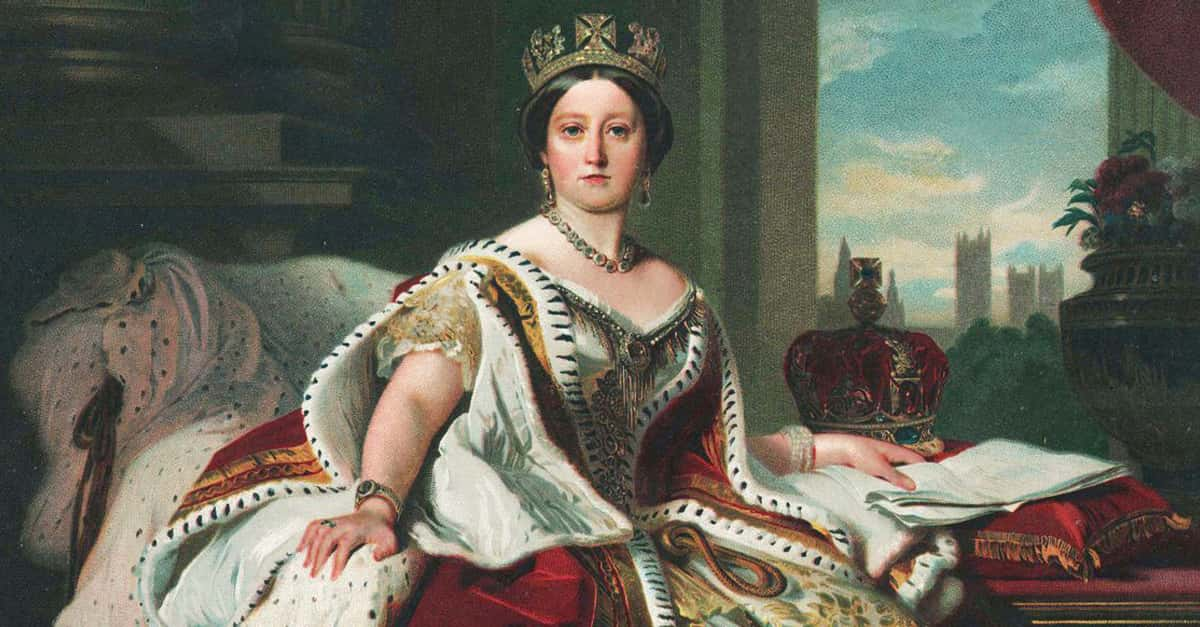In 1982, a local sponge diver named Mehmed Çakir discovered the wreckage of a wooden ship off the coast of Turkey. He soon realized that the ship had been laden with cargo when it went under—but what he didn’t realize was that he was the first person to see this vessel in over 2,000 years.
The Uluburun shipwreck, made from the finest Lebanese cedar, dates back to the Bronze Age, around 1300 BC—nearly 1,000 years before Alexander the Great was even born. When divers began excavating the ship’s cargo hold, they couldn’t believe what it contained.
Global Economy
Fitting for the Bronze Age, the ship contained 10 tons of copper from Cyprus and one ton of tin from Turkey and Uzbekistan—enough to make 11 tons of bronze. But that wasn’t all.
The hold also held olives, almonds, pine nuts, figs, grapes, safflower, black cumin, sumac, coriander, and pomegranates. There was blackwood and ivory from Africa, not to mention tortoise shells, ostrich eggs, and hippopotamus teeth.
But Wait, There's More!
The ship held swords from Canaan, Greece, and Italy alongside maces, daggers, arrowheads, spearheads, axes, and a wide variety of tools.
Then there was the treasure, with 37 pieces of gold including an extremely large golden chalice, a bronze figurine, an Egyptian scarab inscribed with the name “Nefertiti,” and precious stones such as amber, agate, carnelian, and quartz.
A Connected World
Researchers believe the ship is of Mycenaean Greek origin, but based on its cosmopolitan cargo, it’s very hard to tell. The hold of this single ship contained goods from at least seven different areas of the Mediterranean, from Italy to Canaan, Greece to North Africa.
What we do know for sure is this: The Bronze Age Mediterranean was remarkably interconnected. Though many of the stories we tell about the ancient past focus on war and conflict, even as far back as 1300 BC, a thriving culture of trade and diplomacy existed much like it does today, bringing together peoples from very different societies.

